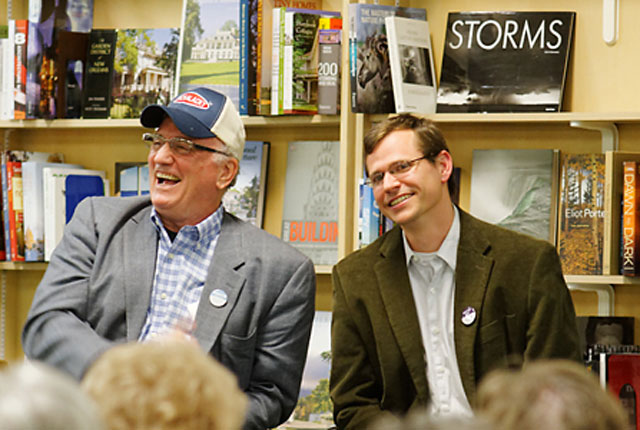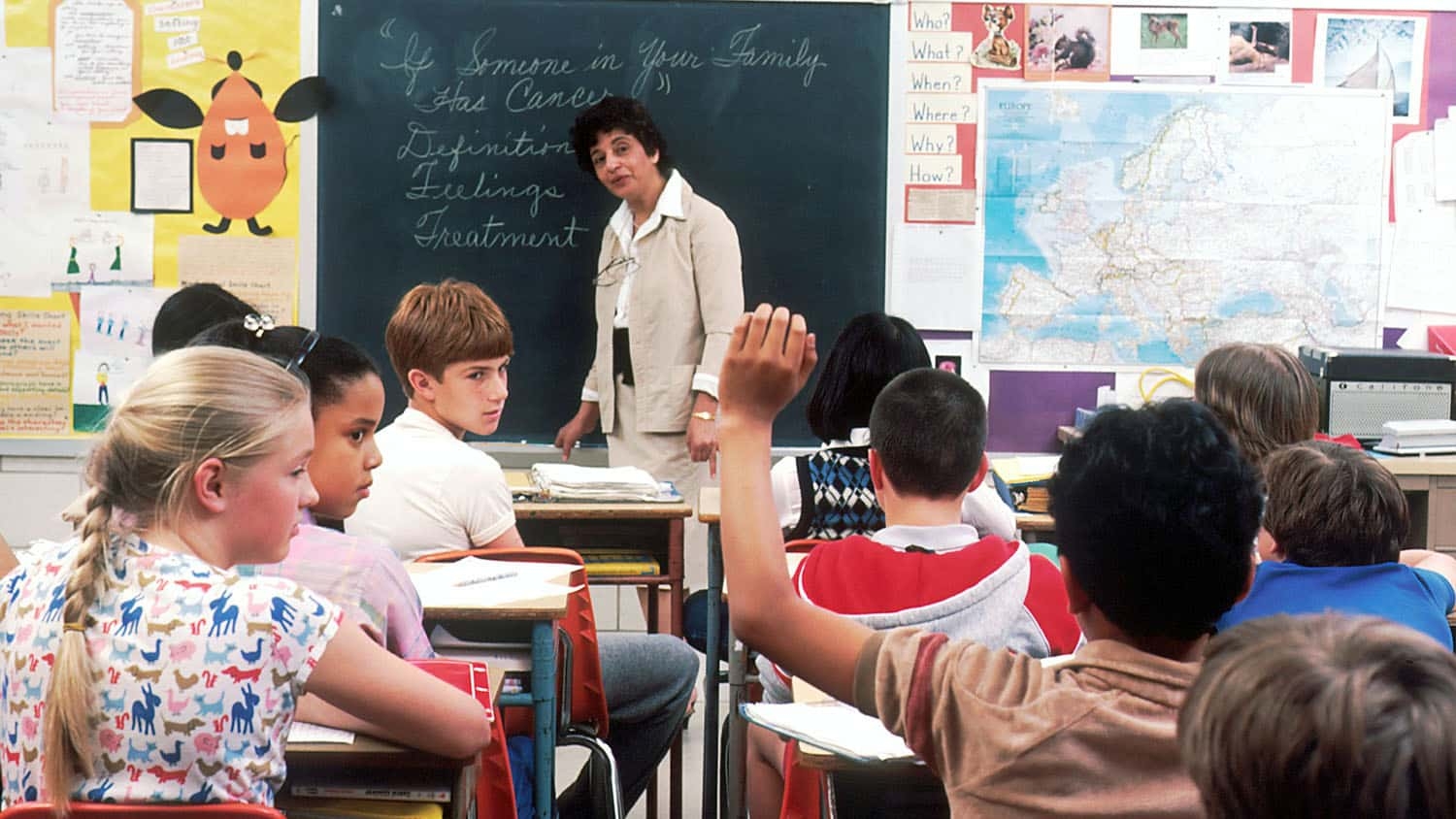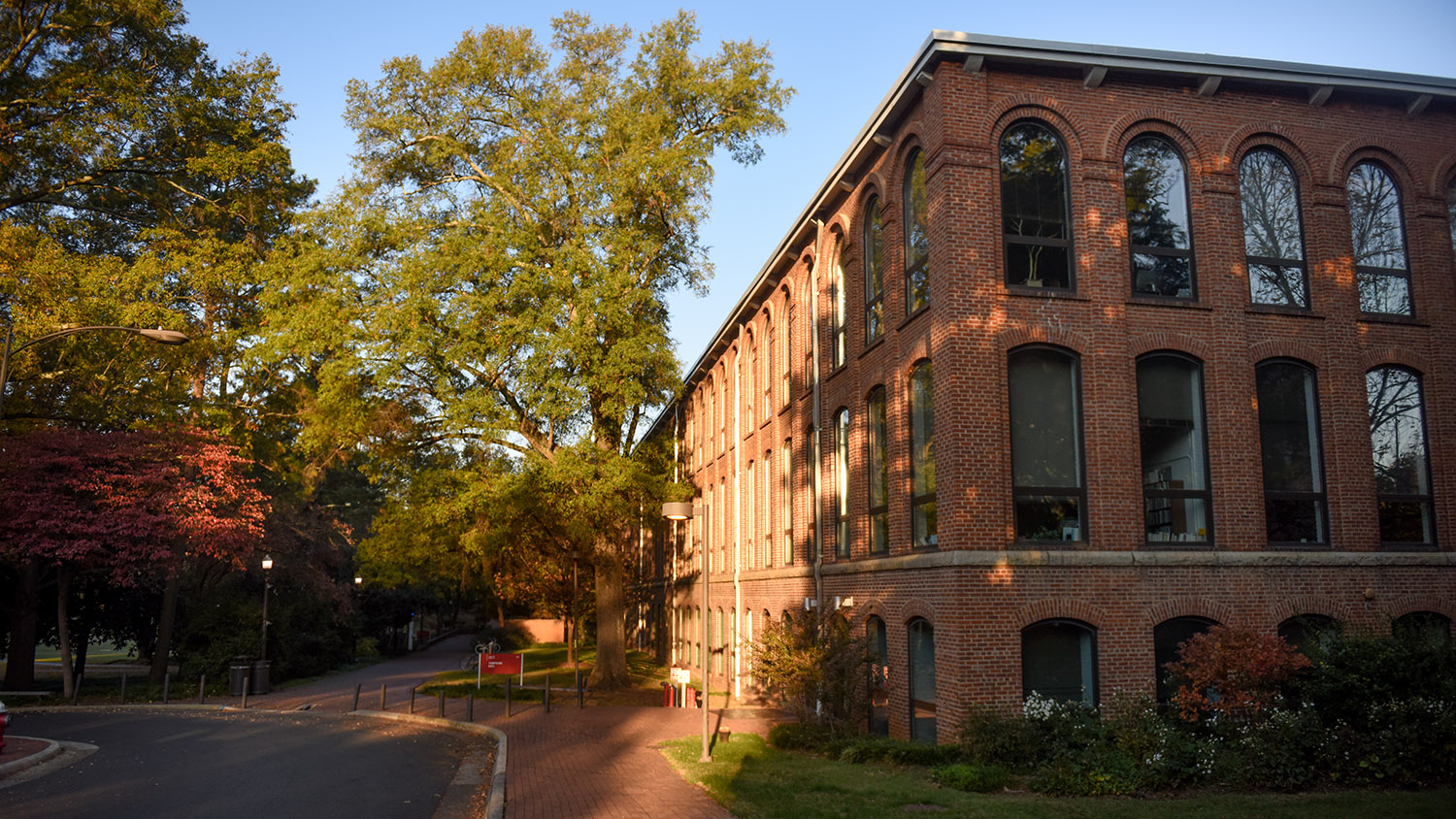‘Talkin’ Tar Heel’ Explores Dialects

Do you know the correct way to pronounce Corolla, the name of a town on the Outer Banks of North Carolina? How about Buies Creek, Tuckasegee, Bodie Lighthouse and Conetoe? Are you sure? (Click here to hear native North Carolinians give the correct pronunciations of these and other unique North Carolina place names.)
We’ve all had the experience of accidentally mispronouncing the name of a town or a landmark, only to be corrected by a local. How do these counterintuitive pronunciations get started? For that matter, how do regional accents and dialects come about in the first place? How many accents and dialects are there? Who uses them, and why?
These are some of the questions pursued by NC State sociolinguists Walt Wolfram and Jeffrey Reaser, researchers with the North Carolina Language and Life Project and co-authors of the brand-new book Talkin’ Tar Heel: How Our Voices Tell the Story of North Carolina.
Wolfram and Reaser’s book draws on more than 20 years of research — including more than 3,000 recorded interviews from all over North Carolina — to present the first in-depth study of an entire state’s languages and dialects.
The authors have talked about writing a book on the language of North Carolina for a long time now, but they waited to do it until they had collected enough solid data to allow them to cover the whole state.
“We’ve written other stuff on these topics before, but it was either more limited in scope or it was only for linguists,” Wolfram says. “That means only six people read it and only three of them understood it.”
He knew a book like theirs would find an eager audience because “North Carolinians are interested in North Carolina things. They love their writers, their musicians, their artists; they have a lot of state pride. So if we can talk about the state’s linguistic legacy in a way that people can understand, we think they’ll like it.”
North Carolina’s Earliest Languages
Talkin’ Tar Heel tells the story of North Carolina’s language groups beginning with the nomadic Paleo-Indians who hunted and gathered in this area 12,000 years ago. Between 3000 and 1000 BCE the invention of agriculture, pottery and the bow and arrow led to a more settled way of life for the three Woodland Indian groups — Siouan, Iroquoian and Algonquian — who inhabited most of North Carolina during that period. These groups gave rise to the at least 24 American Indian languages spoken in North Carolina, including Cherokee, Pamlico and Occaneechi.
The state’s language profile changed drastically when the English began colonizing in the 1600s, but more than one English was brought to these shores: Lowland Scots, Highland Scots and Scots-Irish settlers brought their own unique dialects in addition to the queen’s English. French, Welsh and German immigrants filled out the wide diversity of European languages that entered North Carolina between 1600 and 1800, each leaving its mark on the state’s names, accents and dialects.
Now North Carolina can be divided into five major dialect zones — Outer Banks, Coastal Plain, North Carolina Piedmont, Virginia Piedmont (where our northern neighbor’s Piedmont accent bleeds across the state line) and Appalachian — each with its own distinctive features. On the Outer Banks,hoi toid comes twice a day; in the Coastal Plain, fear loses its final r so it sounds like feah; and in the Appalachian region, a red squirrel is a boomer.
Talkin’ Tar Heel is full of colorful examples of North Carolina dialects, and not just written on the page; scannable QR codes and Web addresses throughout the book take the reader to a website with audio and video clips from the NCLLP’s voluminous documentation of North Carolina’s linguistic diversity. In fact, the authors say Talkin’ Tar Heel is the first linguistics book ever published with QR codes to enhance the reading experience.
Their research has allowed them to document the fact that a community’s dialects and accents are not static; they can and do change over time. The book tells about an instance when the researchers recorded the speech of an African-American man born in 1910 who had lived in Hyde County his entire life, and then recorded the speech of his great-granddaughter, who had also lived in Hyde County her whole life. The researchers put these recordings on a CD along with samples of other black and white speakers, and they asked volunteers to listen to the CD and simply identify whether each speaker was black or white. Almost all the listeners correctly identified the races of the white speakers and the younger black speaker, but more than 90 percent of listeners misidentified the black great-grandfather as white. The authors conclude that young black people have adopted “a much more ethnically identifiable dialect association over recent decades,” partly because standardized English has become associated with “white speech.”

Two Decades of Research
The book owes its depth and scope to the copious research performed by NCLLP and its small army of faculty, graduate students and videographers over the past two decades. Wolfram founded the organization 22 years ago as the first statewide language research and outreach project in the nation. Its research — much of which is funded by the National Science Foundation — has focused on topics such as African-American speech, language change in the urban South and American Indian Englishes.
NCLLP does most of its research within North Carolina because of the wealth of languages and dialects within the state.
“We claim that North Carolina has the greatest English language diversity in the country,” Reaser says.
But the project’s impact extends well beyond the state’s borders. Graduate students who used to be NCLLP researchers are now tenured professors at other universities, and many have started state- or region-specific language projects of their own. Kirk Hazen, who was one of Wolfram’s early graduate researchers, founded the West Virginia Dialect Project at West Virginia University. Other NCLLP alumni have launched similar projects at Old Dominion, Stanford, Georgetown and the University of Oregon.

I Speak Cackalacky
NCLLP’s outreach has included the production of documentary films on topics such as mountain dialects (Mountain Talk), Outer Banks speech (The Carolina Brogue) and the linguistic effects of Hispanic immigration (Spanish Voices). The organization has also created permanent language-oriented museum exhibits on Ocracoke Island and in Robeson County, and every year it presents an informational exhibit at the state fair in Raleigh.
“People at the fair love getting buttons that say things like ‘I Speak Cackalacky’ or ‘Bless Your Heart’ or something in Cherokee or Spanish,” Wolfram says. “The exhibit taps into one of the cultural treasures of North Carolina that has so far been untapped.”
In another first for NCLLP, Reaser took the lead in developing Voices of North Carolina, the nation’s first state-approved dialect awareness curriculum for schoolchildren. The curriculum teaches North Carolina eighth graders about language variation and the relationship between language, culture and personal identity.
The organization is also involved in the Cherokee Language Revitalization Project, an effort to document, preserve and revitalize the Cherokee language in North Carolina. The Eastern Band of Cherokee, located on the Qualla Boundary land trust in the far western part of the state, estimates that there are fewer than 300 native speakers of the Cherokee language left in the state, most of whom are over the age of 50. To help save this critically endangered language, NCLLP is making a documentary about the Cherokee language and the revitalization project, which includes a Cherokee language immersion program for elementary school students, Cherokee summer camps, adult education programs and high school programs that require all Cherokee students to speak Cherokee upon graduation. The documentary, titled First Language: The Race to Save Cherokee, will air on UNC-TV when it’s completed and possibly on national public television as well.
If there’s one overriding insight that emerges from reading Wolfram and Reaser’s book, it’s that the story of language is the story of change. Famed lexicographer Samuel Johnson reached much the same conclusion after he published his authoritative dictionary of the English language in 1755, in a quote included at the end of Talkin’ Tar Heel: “[N]o dictionary of a living tongue can ever be perfect, since while it is hastening to publication, some words are budding, and some falling away.”
As long as Wolfram, Reaser and NCLLP are around, they’ll keep documenting those changes, studying them and then telling the rest of us why your buddyrow (good friend) hung that picture a little sigogglin’ (crooked).


